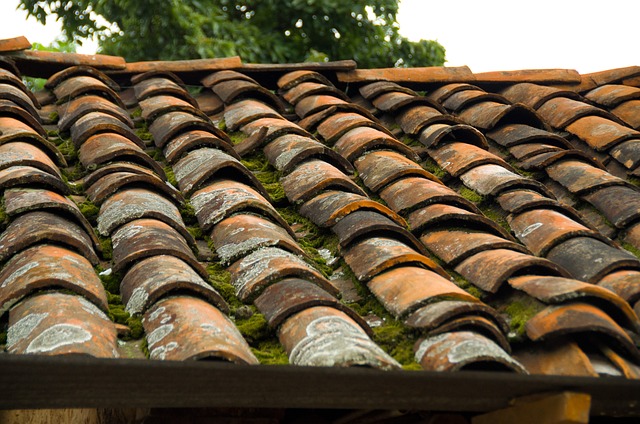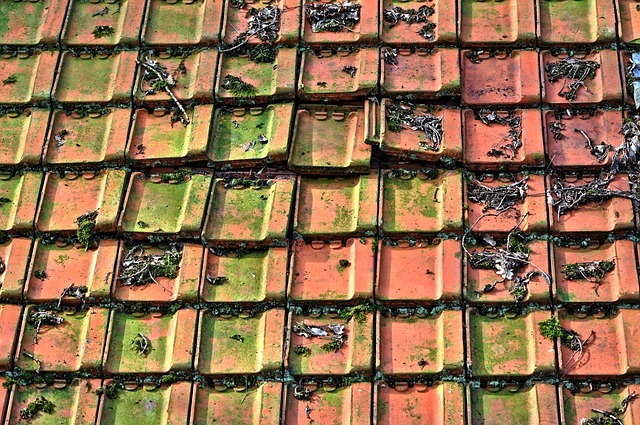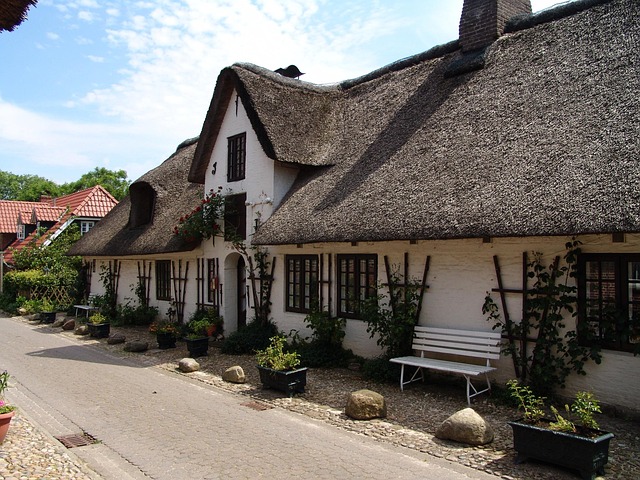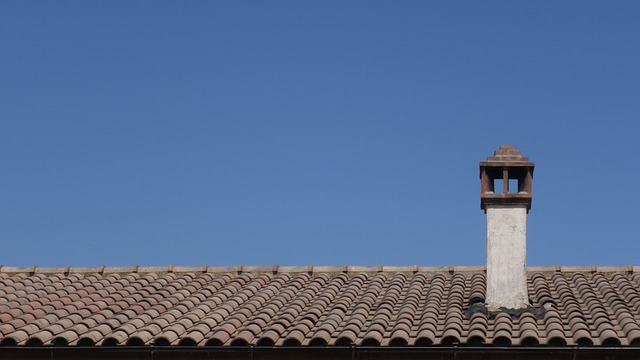Shingle roofs require regular attention due to weather damage, structural weakness from temperature fluctuations, and the need for prompt repairs to prevent further deterioration. Full-service shingle roof replacement offers expert knowledge, high-quality materials, and a robust fix that streamlines the process from removal to installation while enhancing curb appeal and energy efficiency. Choosing the right shingles based on climate conditions and home architecture, along with proper installation and regular maintenance, ensures longevity and aesthetics. Common homeowner mistakes include addressing only visible damage and choosing unsuitable shingles for local weather. Budgeting for comprehensive replacements saves long-term costs and protects homes from environmental factors. Regular inspections, cleaning, and gutter maintenance extend the life of shingles, while understanding local regulations and permit requirements avoids penalties and delays.
“Considering a full-service shingle roof replacement? This comprehensive guide explores everything from identifying common roofing issues and the benefits of a complete overhaul to navigating the installation process, material selection, and expert tips for longevity. Learn how to avoid mistakes during repairs, budget effectively, and understand local regulations. Discover why investing in your home’s shingle roof is a smart decision, ensuring superior protection and curb appeal.”
Understanding Shingle Roof Damage: Common Issues and Signs

Shingle roofs, though durable, are susceptible to various damages over time, necessitating professional shingle roof repair or replacement. Understanding common issues and signs of damage is crucial for homeowners to recognize when their roof requires attention. One of the most visible indicators is missing or damaged shingles, which can be caused by extreme weather conditions like strong winds, hailstorms, or heavy snowfall. These events can tear off shingles or cause them to become brittle and break easily.
Other issues include cracks in the shingles, which might appear as narrow lines or broader splits. This damage often arises from fluctuations in temperature, causing the shingles to shrink or expand unevenly. Granule loss is another sign of shingle roof deterioration; these small granular particles protect the shingles from UV rays and wear and tear, so their absence weakens the roof’s defense mechanism. Fading or discolored shingles could indicate exposure to excessive sunlight, especially in areas with limited shade. Regular inspections can help identify these issues early on, ensuring timely shingle roof repair and maintaining your home’s protective barrier against the elements.
Benefits of Full-Service Shingle Roof Replacement

Full-service shingle roof replacement offers numerous advantages for homeowners looking to enhance their property’s durability and aesthetic appeal. By employing a professional team, you gain access to expert knowledge and high-quality materials, ensuring a robust and long-lasting solution. This comprehensive approach not only replaces damaged or old shingles but also inspects the underlying structure, provides proper ventilation, and offers tailored recommendations for future maintenance.
Compared to DIY shingle roof repair or partial replacements, full-service packages streamline the entire process. It saves time and effort by handling every aspect from removal of existing shingles to installation, including debris cleanup. Moreover, a full replacement can significantly improve energy efficiency, as new shingles provide better insulation, reducing heating and cooling costs. This investment not only boosts the curb appeal of your home but also safeguards against potential leaks and structural damage caused by poor roofing.
The Process: From Inspection to Installation

When it comes to full-service shingle roof replacement, understanding the process from start to finish is key for homeowners. It begins with a thorough inspection where professionals assess the current state of your roof, identifying any damage or areas requiring repair, including shingle roof repairs. This step is crucial as it ensures the new shingles are installed correctly and durably.
Once the inspection is complete, the replacement process starts with the removal of the old shingles. This involves carefully tearing off the existing roof covering while adhering to safety protocols. After that, underlayment is installed, providing a protective barrier between your roof deck and the new shingles. Then, new shingles are meticulously laid out, starting from the bottom edge of the roof, ensuring proper overlap and alignment for maximum protection against the elements.
Choosing the Right Shingles for Your Home

When considering a full-service shingle roof replacement, selecting the appropriate shingles is a critical step. The right choice can enhance your home’s curb appeal, provide superior protection against the elements, and ensure longevity for your investment. Start by evaluating your climate and local weather patterns. Different regions call for specific types of shingles designed to withstand varying levels of wind, rain, snow, and UV exposure. For instance, areas prone to strong winds might require sturdier, heavier shingles.
Additionally, consider the style and color of your home. Shingles come in a wide array of colors and styles, from traditional asphalt to luxurious metal options. Picking a shade that complements your house’s architecture and existing features can dramatically impact its overall look. Furthermore, consult with reputable roofing contractors who can offer expert advice based on their experience with local building codes and regulations, ensuring compliance during the shingle roof repair or replacement process.
Expert Tips for Ensuring Long-Lasting Results

When undertaking a full-service shingle roof replacement, it’s crucial to follow expert tips for ensuring long-lasting results. Start by selecting high-quality shingles that are suitable for your climate and architectural style. The right materials significantly impact durability and aesthetics. Moreover, ensure proper installation by hiring licensed professionals who adhere to manufacturer guidelines and building codes.
Regular maintenance is another key factor. Periodically inspect your roof for loose or damaged shingles, especially after severe weather events. Promptly addressing issues like leaks or missing tiles can prevent extensive damage down the line. Additionally, keep gutters clear of debris to avoid water buildup, which could compromise the integrity of your shingle roof repair and lead to costly replacements.
Common Mistakes to Avoid During Shingle Roof Repair

When undertaking a shingle roof repair, there are several common mistakes that homeowners often make, leading to subpar results and potential long-term damage. One of the most frequent errors is attempting to fix only visible damage while ignoring underlying issues. A leaky roof, for instance, might be due to a single missing or damaged shingle, but it could also signal structural problems or loose underlayment. Neglecting these root causes can result in recurrent leaks and more extensive repairs down the line.
Another mistake is selecting the wrong type of shingles without considering local climate conditions. Different regions have distinct weather patterns, from high winds to heavy snowfall. Using the wrong shingle material might appear aesthetically pleasing but could fail prematurely due to exposure to extreme conditions. Always consult with professionals who understand your area’s specific demands and can recommend suitable materials for long-lasting protection.
Cost Considerations: Budgeting for a Full Roof Replacement

When considering full-service shingle roof replacement, budgeting is a crucial aspect. While it may be tempting to opt for a quick fix or temporary shingle roof repair, investing in a comprehensive replacement offers long-term savings and enhanced home protection. Remember that a new roof can significantly impact your energy bills, as it improves insulation and reduces heat transfer.
Furthermore, factoring in potential future repairs or replacements should be taken into account. Shingle roofs, if well-maintained, typically last 20-30 years, but environmental factors, such as harsh weather conditions or tree damage, can accelerate wear and tear. Budgeting for a full roof replacement ensures that you’re prepared for any unexpected issues and provides peace of mind knowing your home is protected.
Maintenance and Care: Prolonging the Lifespan of Your New Shingles

Regular maintenance and care are essential aspects of prolonging the lifespan of your newly installed shingles. After a full-service shingle roof replacement, it’s crucial to establish a routine that includes inspecting the roof for any signs of damage or wear and tear. This proactive approach can help catch minor issues early on, preventing them from escalating into more significant problems. Regular cleaning of the roof to remove debris and algae buildup is also recommended, as these factors can contribute to shingles’ degradation over time.
Additionally, proper care includes ensuring optimal drainage by clearing gutters and downspouts regularly. This prevents water damage, a common cause of shingle deterioration. Using the right tools and techniques for roof inspections and maintenance will ensure that your new shingles remain in top condition, extending their lifespan and maintaining the overall integrity of your roofing system. Remember, timely shingle roof repair is key to avoiding costly replacements in the future.
Local Regulations and Permits: What Homeowners Need to Know

Before embarking on a full-service shingle roof replacement, homeowners should be aware of local regulations and permit requirements. These guidelines are in place to ensure structural integrity, safety, and aesthetic harmony within the neighborhood. Each municipality or district may have specific rules regarding roofing materials, styles, colors, and even energy efficiency standards. Failure to adhere to these regulations can result in penalties, delays, or even the need for costly repairs later on.
Homeowners should start by researching local building codes and zoning ordinances related to roof replacements. Permits are usually required for any significant renovation work, including shingle roof repair or replacement. These permits ensure that the project complies with safety and construction standards. It’s crucial to obtain the necessary documents from the relevant authorities to avoid legal issues and potential fines during or after completion of the project.
